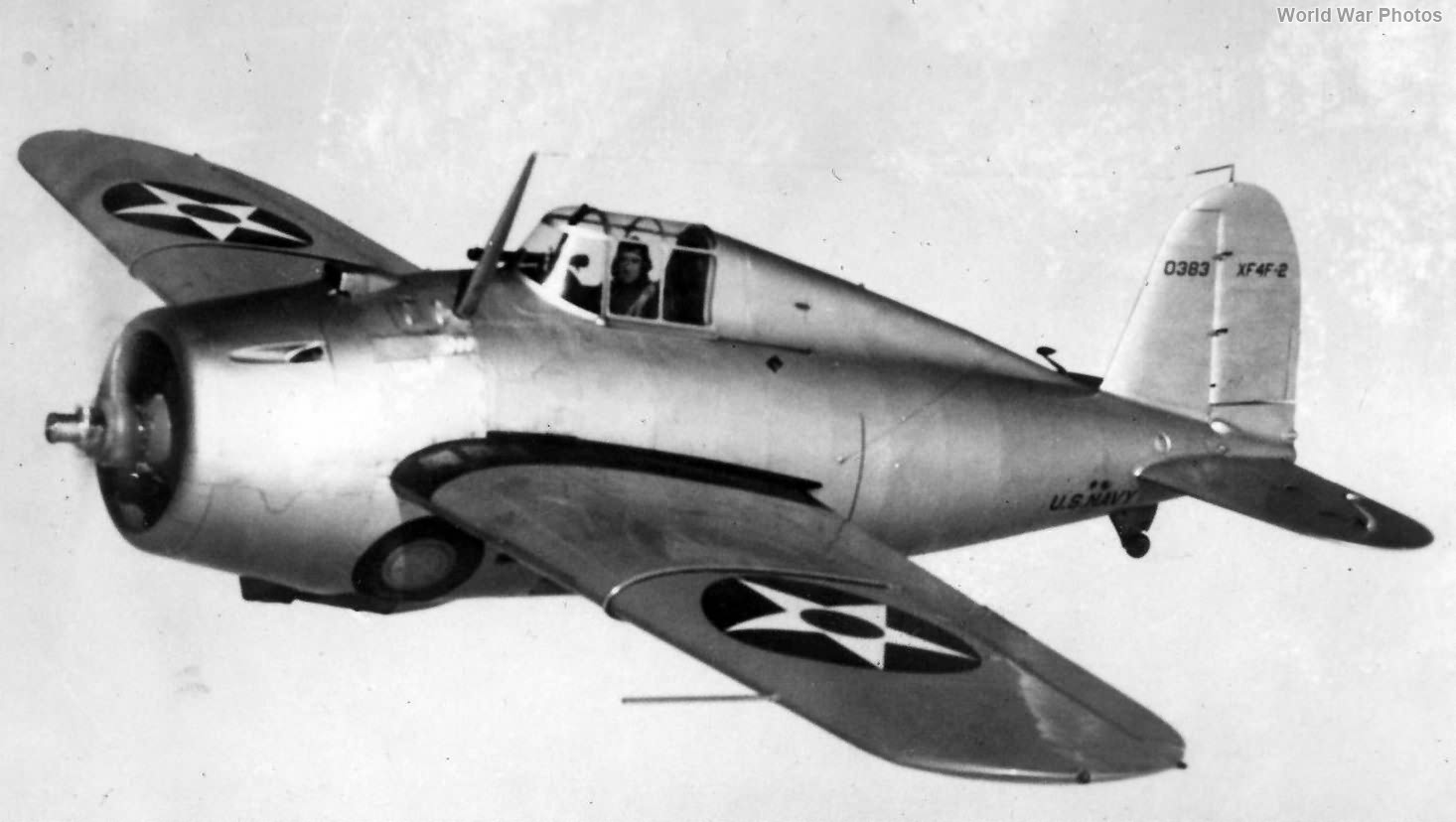
2 September 1937: First flight, Grumman XF4F-2 Bu. No.¹ 0383, a prototype fighter for the United States Navy and Marine Corps. The airplane was designed by Grumman’s Chief Engineer, Robert Leicester Hall.
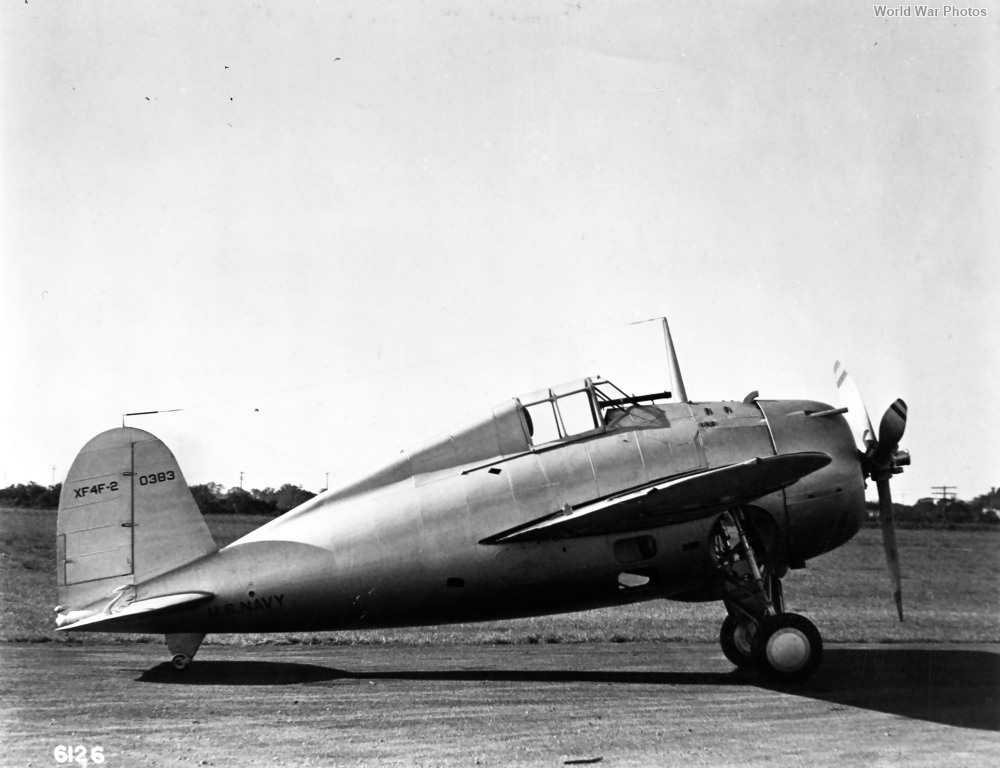
The prototype was damaged when it nosed over during a forced landing, 11 April 1938. The pilot, Lieutenant Gurney, was not injured. 0383 was rebuilt as an XF4F-3. The Navy ordered the fighter into production as the F4F-3 Wildcat. XF4F-3 0383 was destroyed in an accident, 16 December 1940. The pilot was killed.
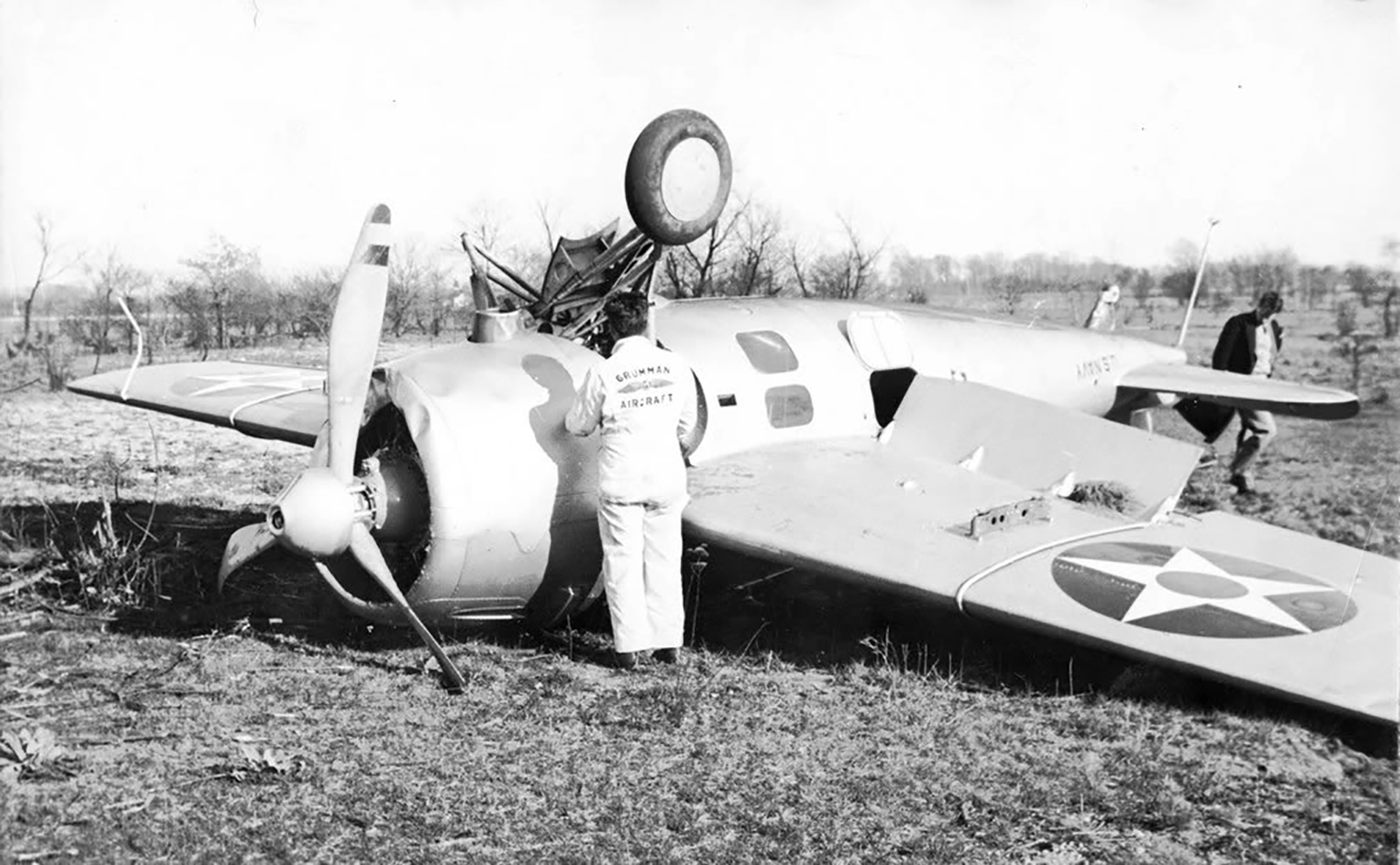
The Grumman F4F-3 Wildcat was a single-engine, single-place, mid-wing monoplane fighter designed for operation from aircraft carriers. F4F-4 and later variants had folding wings for a smaller “foot print” while stored aboard.
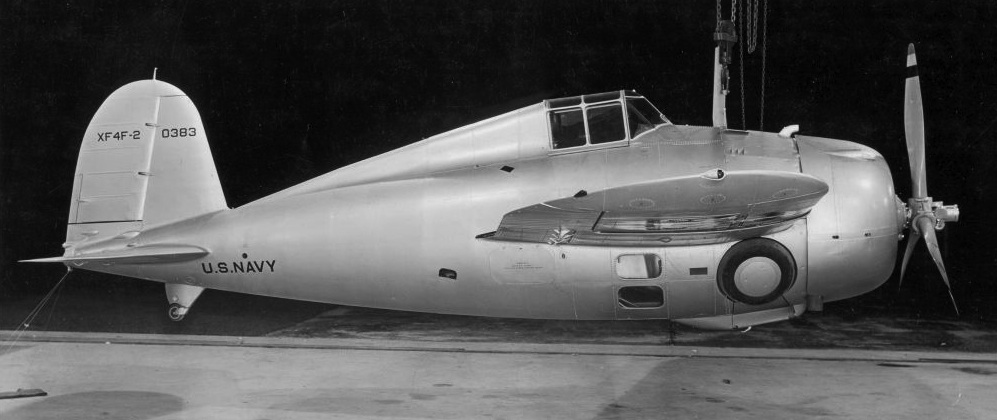

The F4F-3 Wildcat was 28 feet, 10½ inches (8.801 meters) long with a wingspan of 38 feet, 0 inches (11.582 meters). The height over the propeller with the airplane in 3-point attitude was 11 feet, 9 inches (3.581 meters). The wings had a total area of 260 square feet (24.16 square meters). They had 0° incidence and no leading edge sweep. Thewings had 5° dihedral. The F4F-3 had an empty weight of 5,293 pounds (2,401 kilograms) and gross weight of 7,432 pounds (3,371 kilograms) with 147 gallons (556 liters) of gasoline.
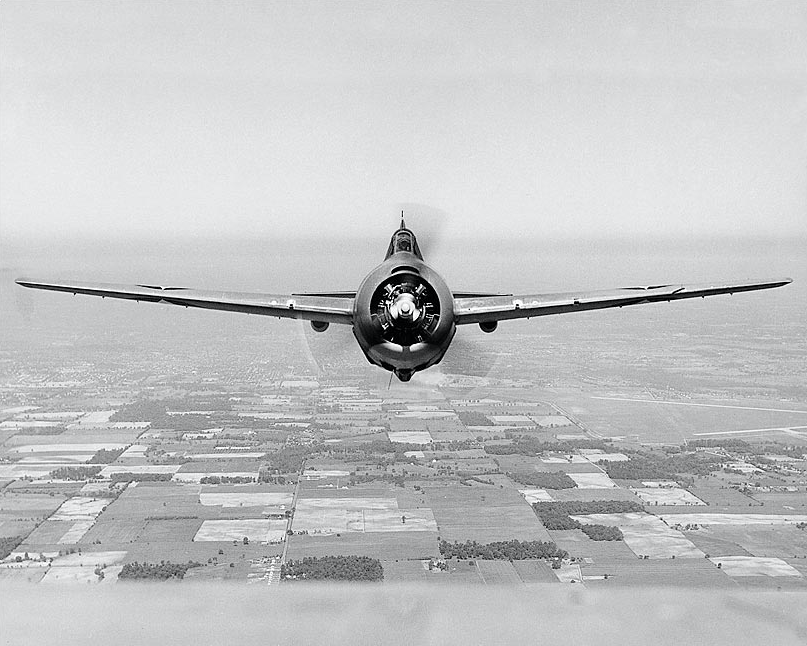
The F4F-3 was powered by an air-cooled, supercharged, 1,829.39-cubic-inch-displacement (29.978 liter) Pratt & Whitney Twin Wasp SSC7-G (R-1830-86) two-row, 14-cylinder radial engine with a compression ratio of 6.7:1. The R-1830-86 had a normal power rating of 1,100 at 2,550 r.p.m., from Sea Level to 3,300 feet (1,006 meters), and 1,000 horsepower at 2,550 r.p.m. at 19,000 feet (5,791 meters). It was rated at 1,200 horsepower at 2,700 r.p.m. for takeoff. The engine turned a three-bladed Curtiss Electric propeller with a diameter of 9 feet, 9 inches (2.972 meters) through a 3:2 gear reduction. The R-1830-86 was 4 feet, 0.19 inches (1.224 meters) in diameter, 5 feet, 7.44 inches (1.713 meters) long, and weighed 1,560 pounds (708 kilograms).
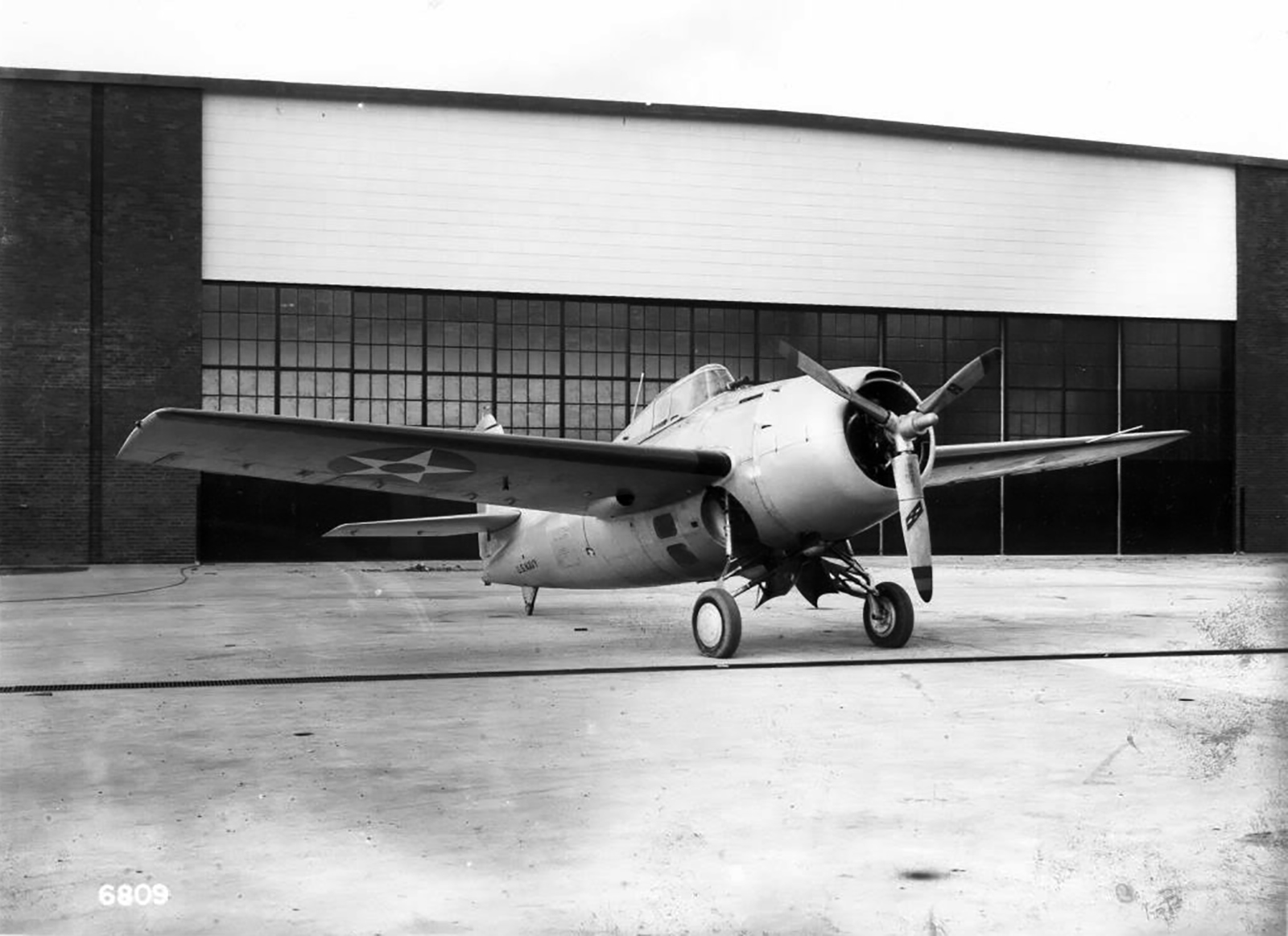
The F4F-3 had a maximum speed of 278 miles per hour (447 kilometers per hour) at Sea Level, and 330 miles per hour (531 kilometers per hour at 19,000 feet (5,791 meters). It could climn to 20,000 feet (6,096 meters) in 7.6 minutes. The service ceiling was 30,500 feet (9,296 meters) and its maximum range was 1,280 miles (2,060 kilometers).
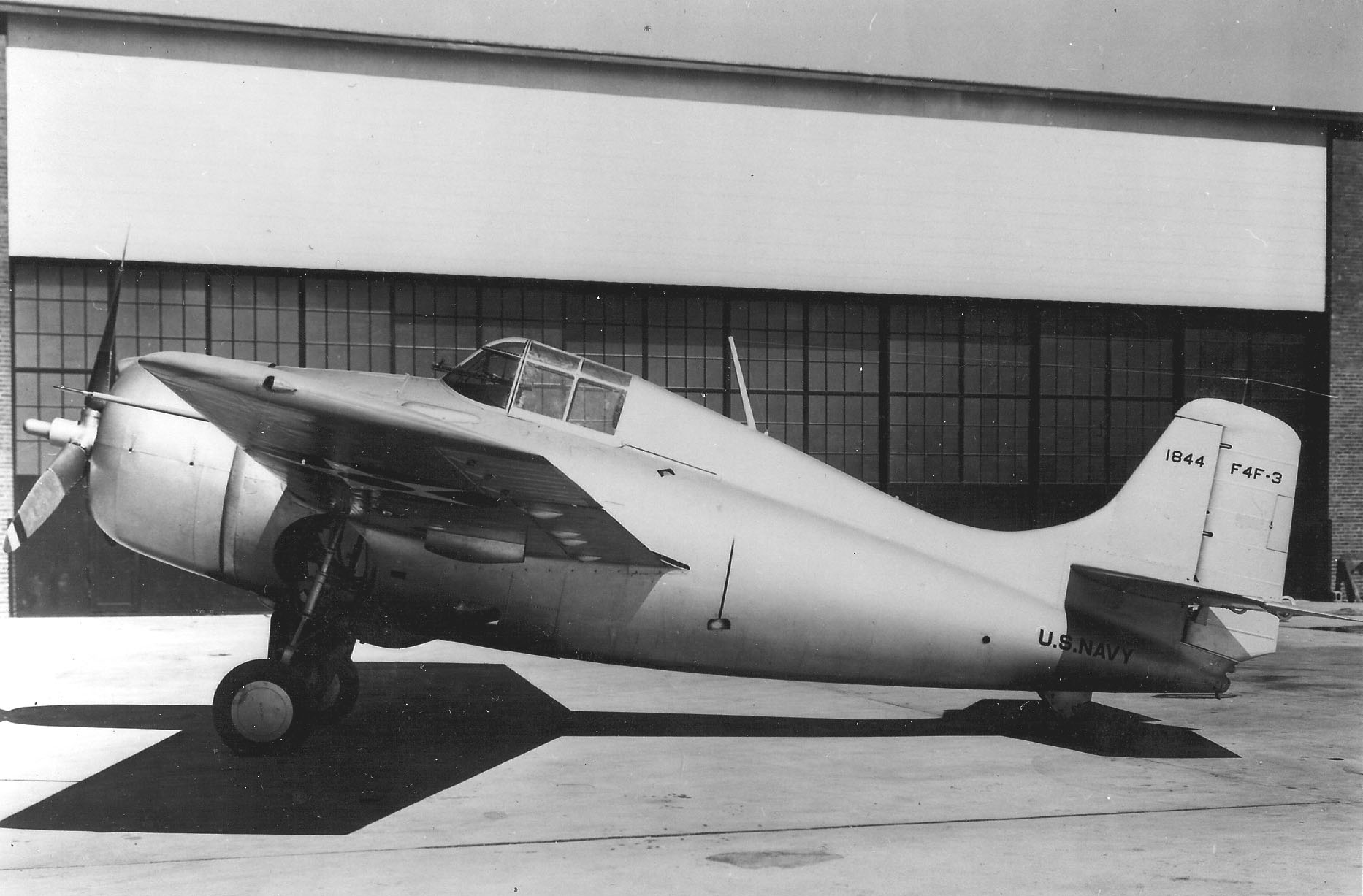
The F4F-3 Wildcat was armed with four Browning AN-M2 .50-caliber machine guns. Later variants would have six guns.
The F4F Wildcat was produced by Grumman and the General Motors Corporation Eastern Aircraft Division as the FM-1. Grumman shifted to production of the F6F Hellcat in early 1943. GM continued to build Wildcats until the end of the War. A total of 7,885 were built.
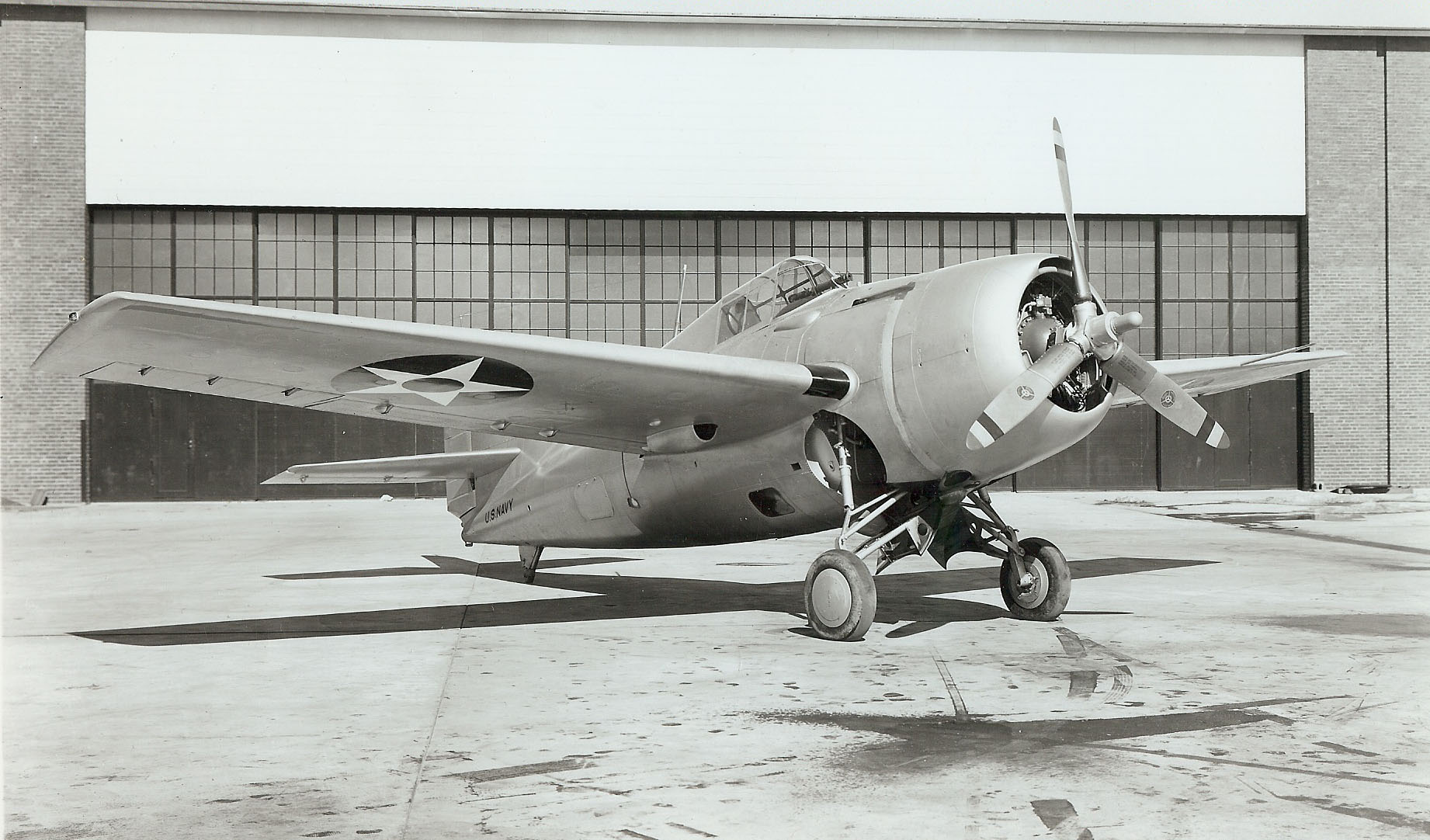
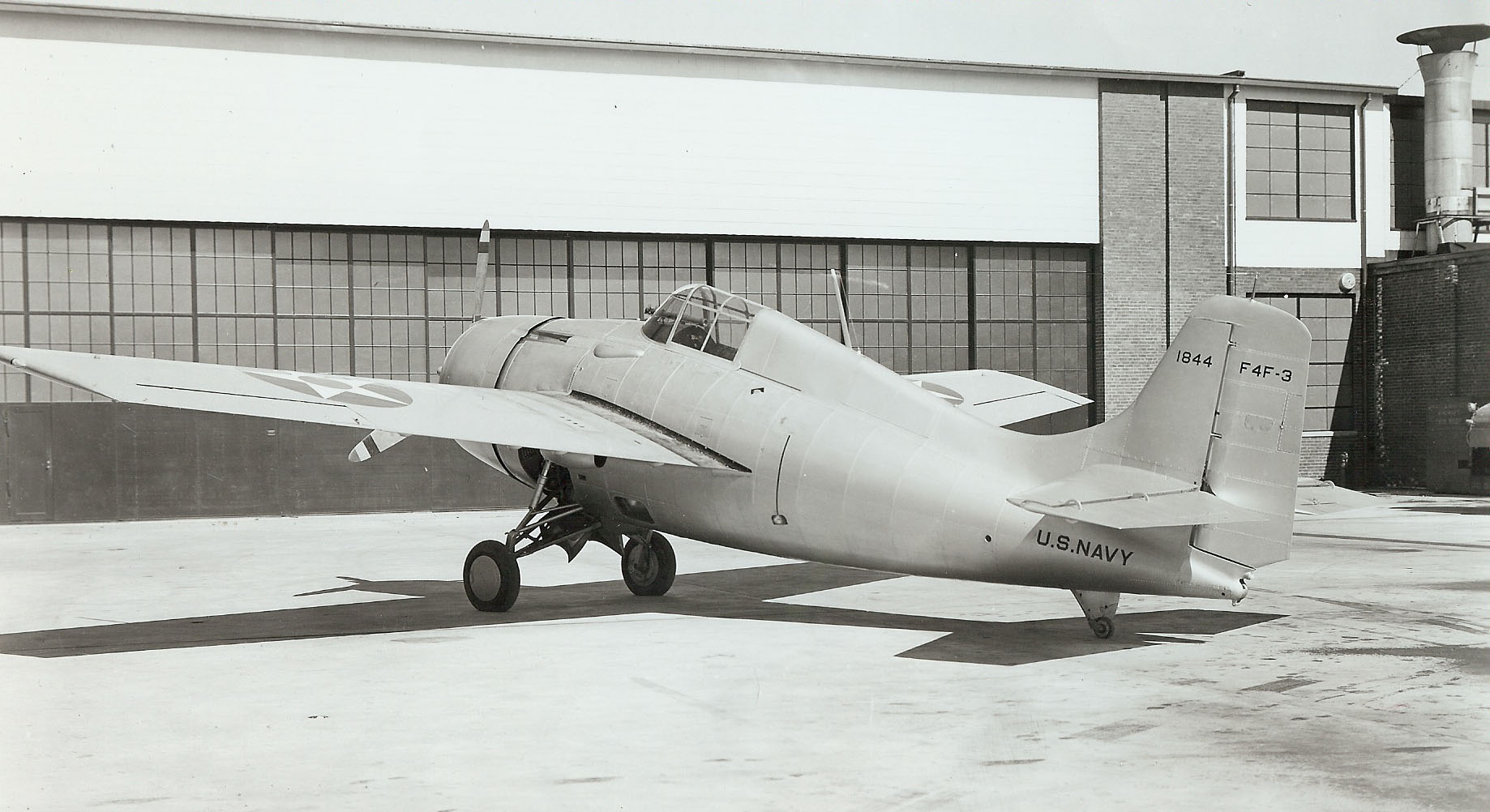
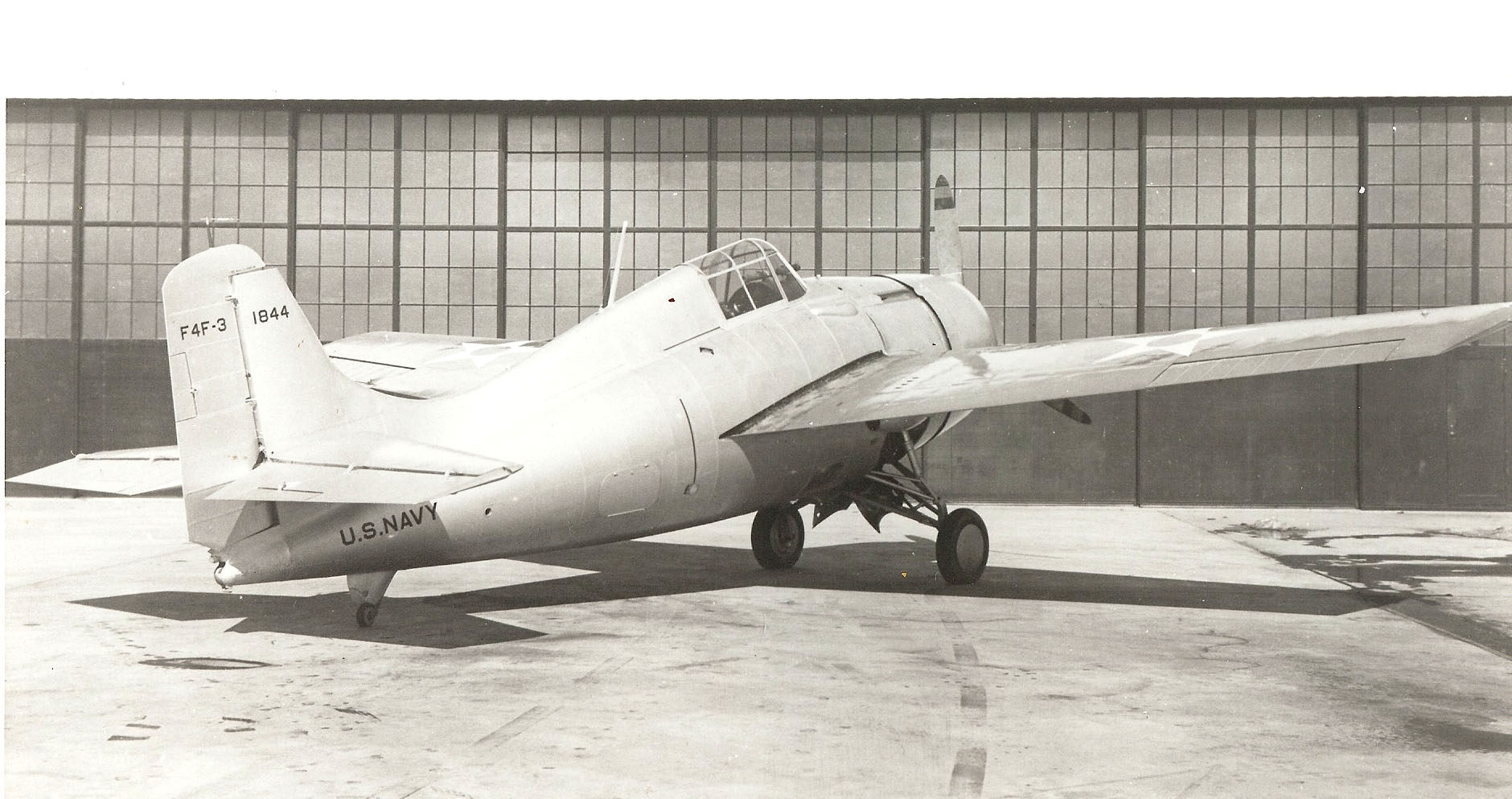
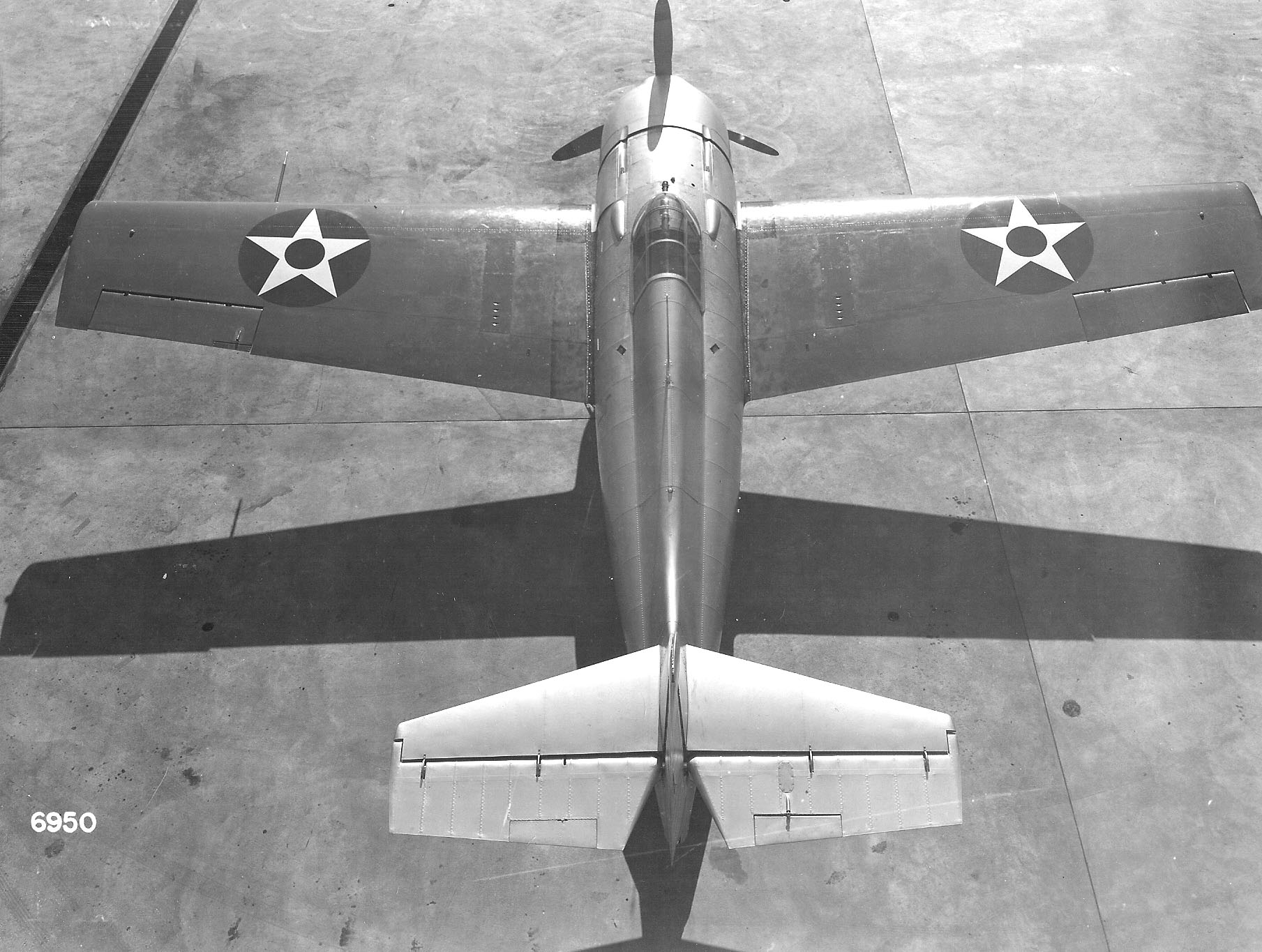
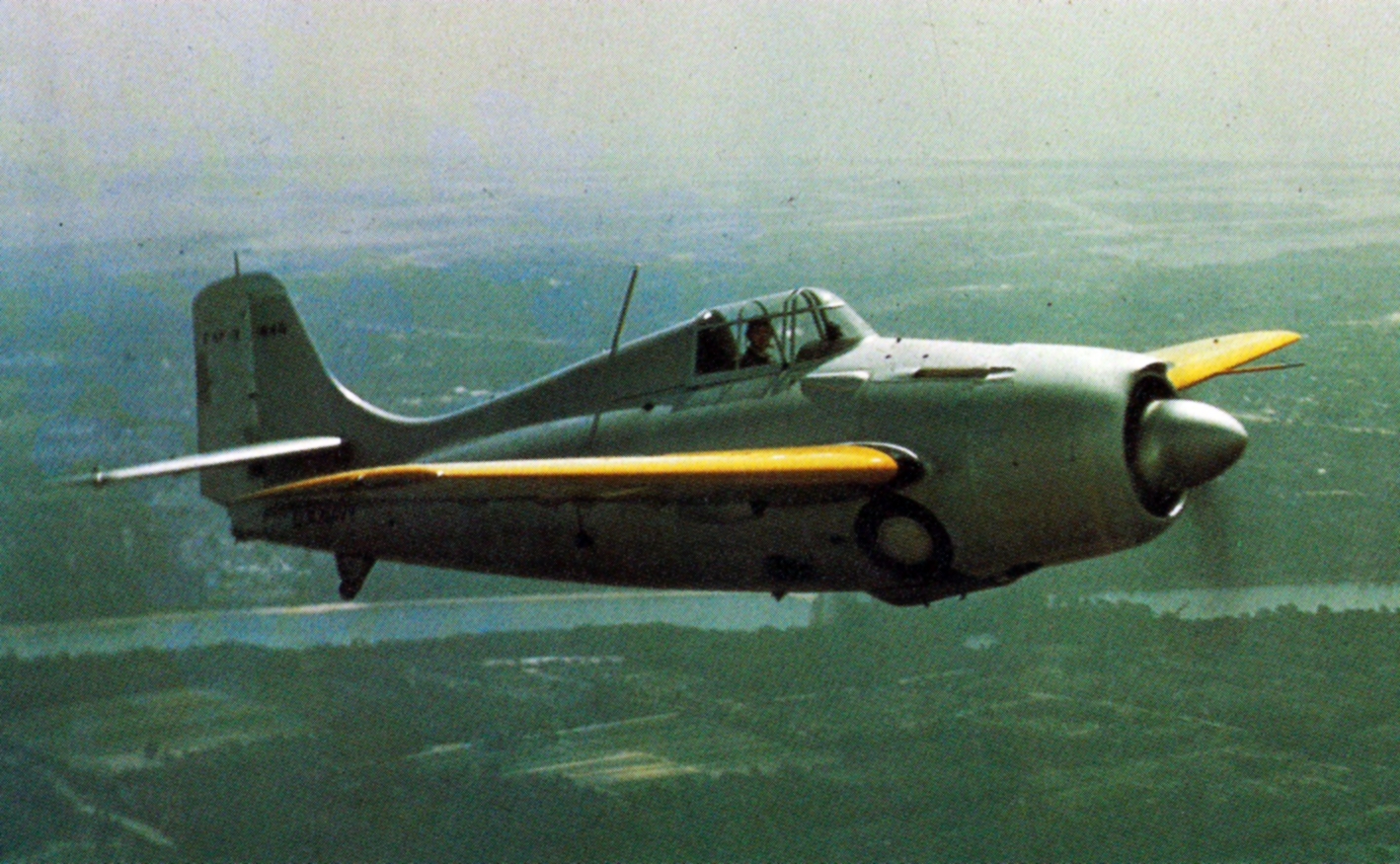
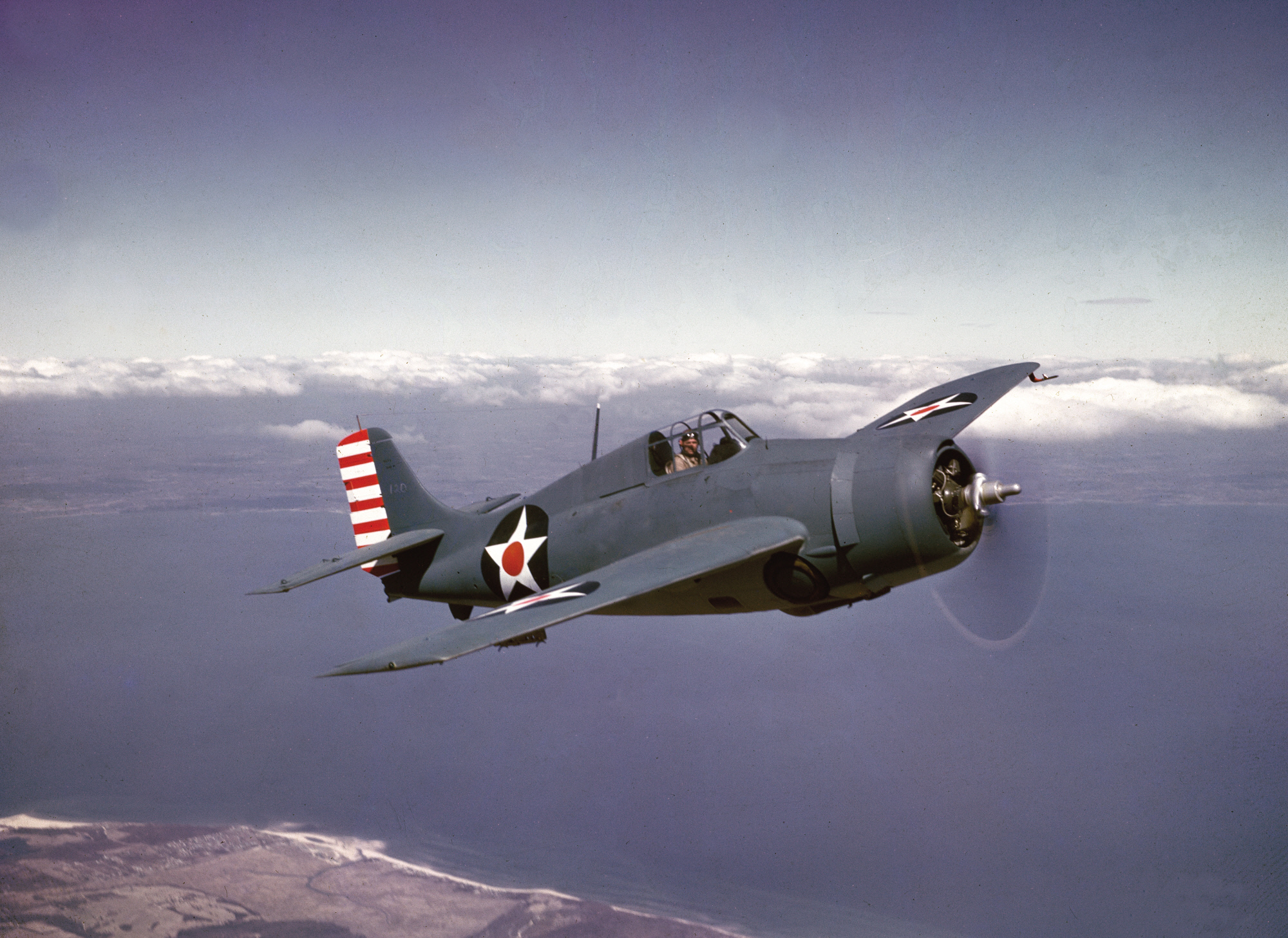
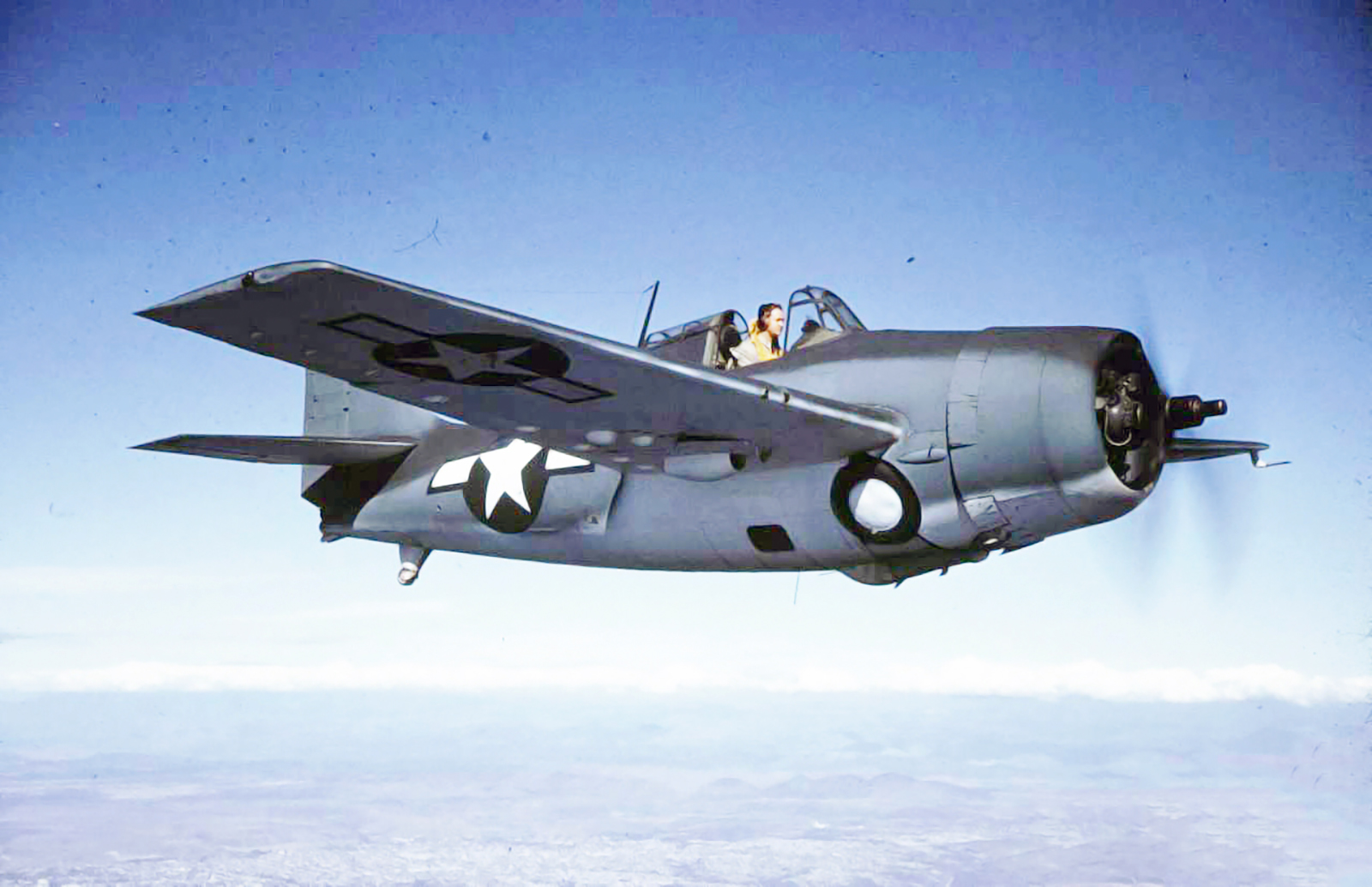
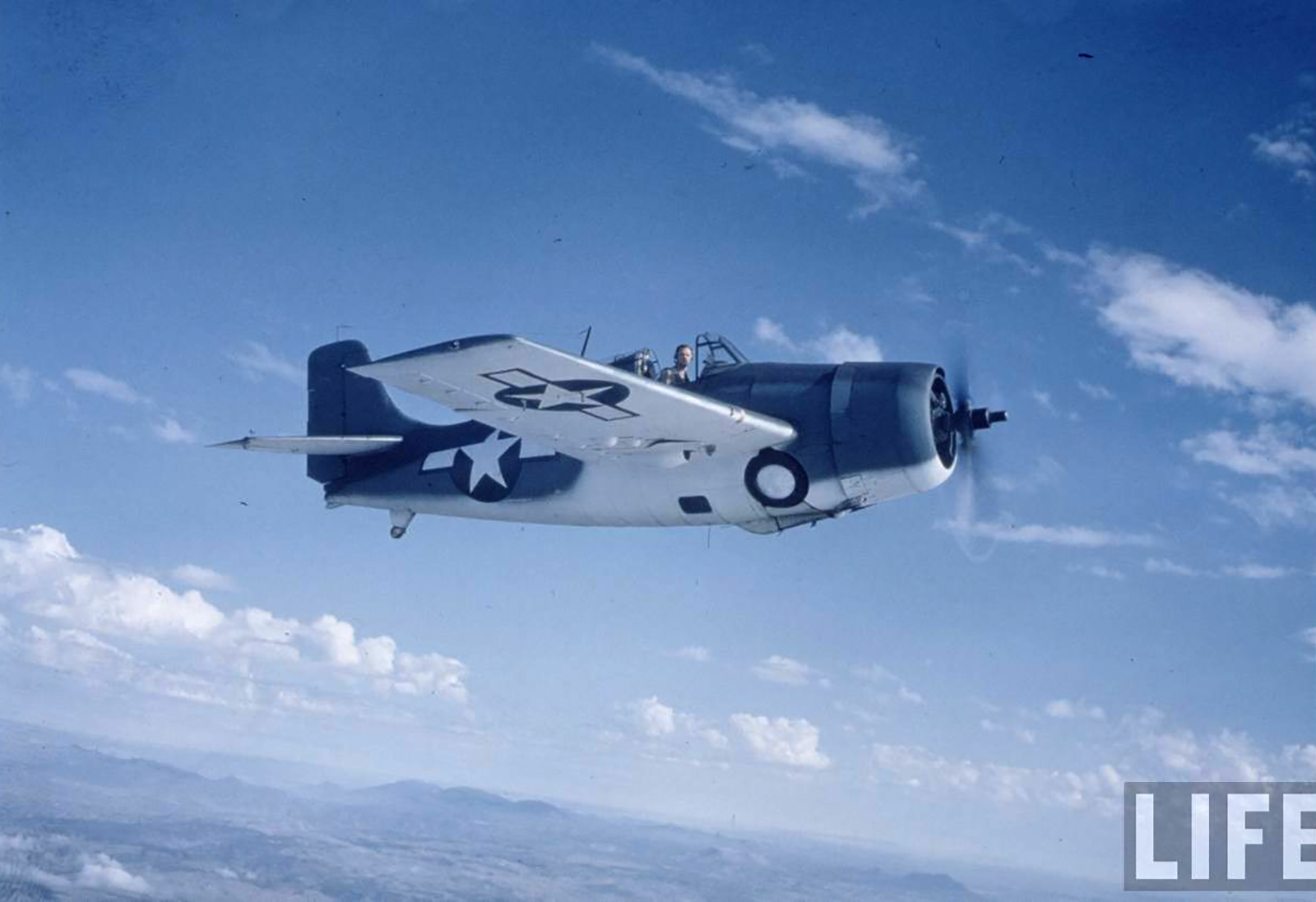
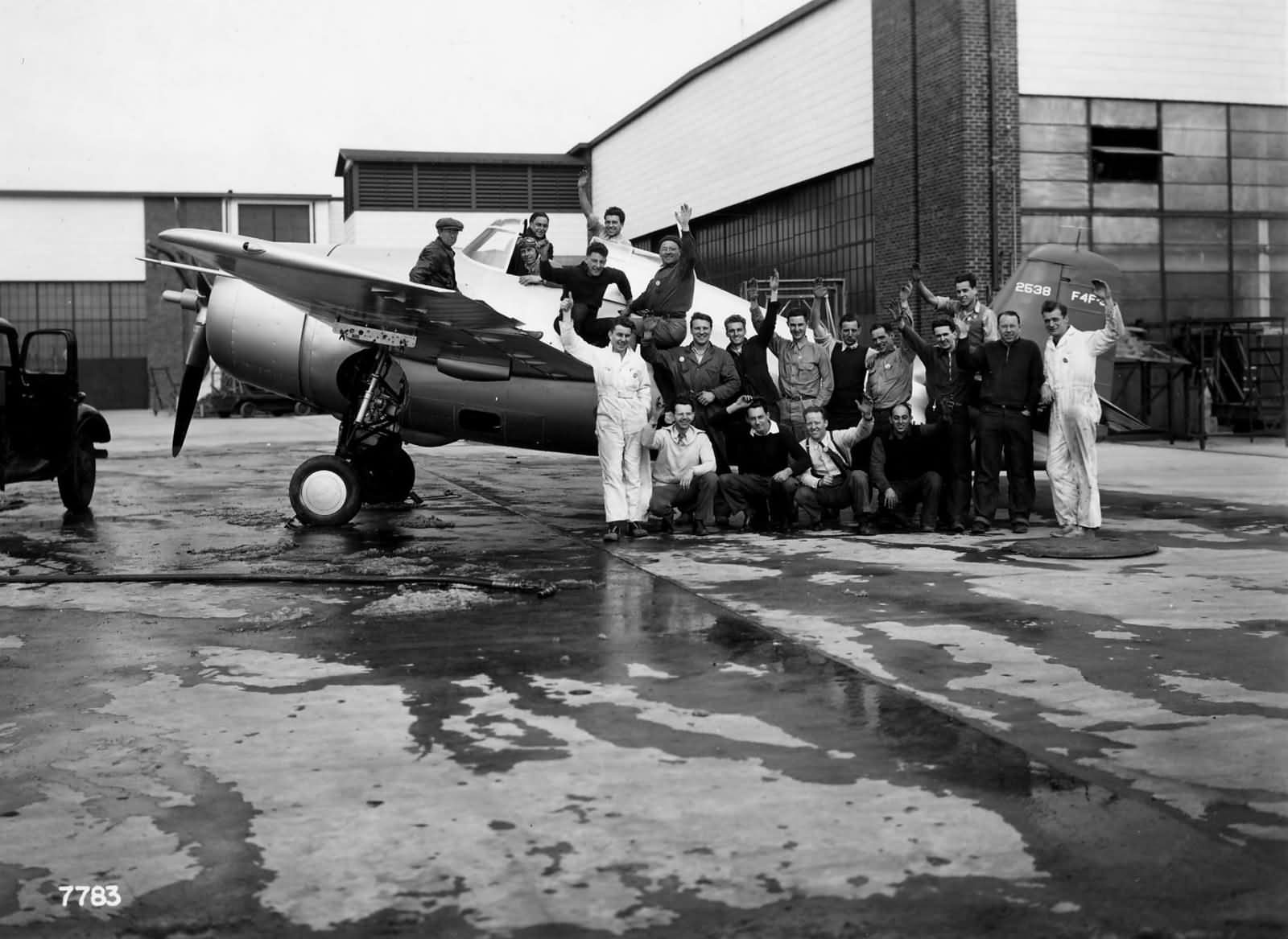
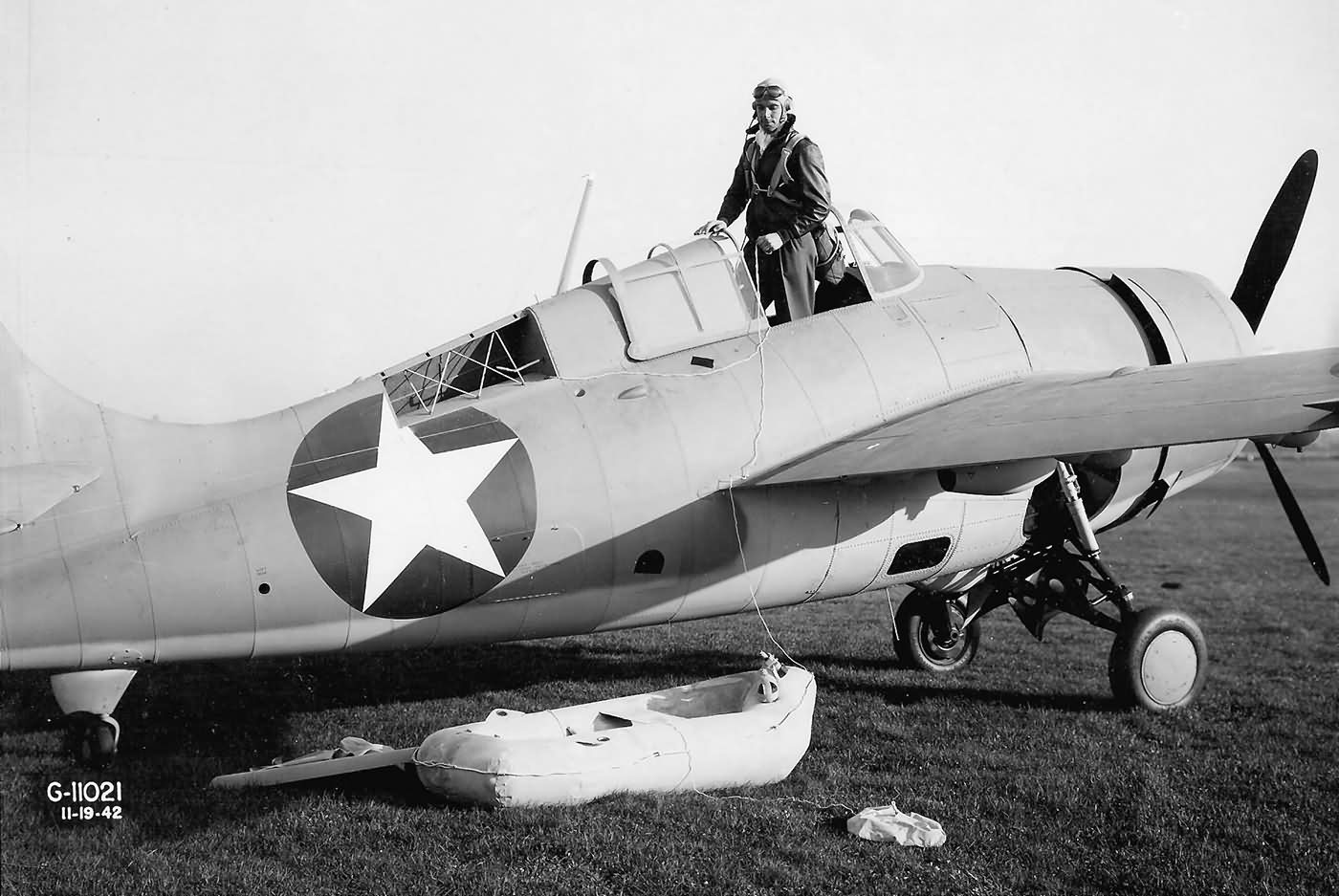
¹ “Bu. No.” is the abbreviation for the Navy’s Bureau of Aeronautics serial number assigned to each aircraft.
© 2019, Bryan R. Swopes
Very interesting. After examining the prototype photos, I’m led to believe that the prototype may have been outfitted with only 3 machine guns: one gun extending through the canopy just right of center and one on each side of the cowling at the 11 and 1 o’clock position as viewed from the front. Apparently all 3 firing through the propeller arc. However, only the prototype photos appeared to have that configuration. Certainly not the gun configuration we normally associate with with the Wildcat!
Steve, the object protruding through the windscreen is a Mark III telescopic gun sight.
Was the life raft stored in the open compartment visible in the last photo?
Yes.
Caught a spelling error:
“Grumman shifted to production of teh F6F Hellcat in early 1943.”
Thank you. Fixed it. 🙂
Bureau Number 1844, pictured above was lost on March 5, 1941 on a test flight from Bolling Field with Lt. Seymour Johnson at the controls. Investigators believe Johnson suffered from oxygen deprivation at 30,000 feet and the plane crashed nose first somewhere in the vicinity of the current intersection of Georgia Avenue (MD Route 97) and Norbeck Road (MD Route 28). The engine has never been recovered.
The exact spot of the crash remains a bit of a mystery, although it is likely somewhere where the Leisure World retirement community is. When the community was first constructed in the 1960s, construction workers claimed they were finding small pieces of an airplane. Other sources indicate the site may have been closer to the eastern boundary of Manor Country Club.
Johnson AFB in North Carolina is named int Lt. Johnson’s honor as Johnson was from that area.
Very interesting information, David. Thank you.
however, Mr. Grumman did have a hand in designing it as well, along with Dick Hutton another design engineer. (One day Mr. Hutton brought a drawing in to the History Center of what looked like the left profile of the F3F biplane. It had the top and bottom wings with a big red “X” through them and a large airfoil drawn in the center of the fuselage. The title box read “XF4F-1”.)
Why would the Wildcat still continue production after the Hellcat came into production?
It still had its uses. A friend of mine flew them off of escort carriers on anti-submarine patrols in the Atlantic. The Royal Navy also used them, calling them the Martlet.
The Royal Navy later dropped the “Martlet” name and went back to Wildcat. Similar to the strange idea of calling the Avenger the “Tarpon”, and changing their minds later. I’ve always thought that for a plane which doesn’t look very aerodynamic, the performance of the Wildcat was surprisingly good. The great Eric “Winkle” Brown had a high opinion of it and famously used it to destroy Focke Wulf Condors in head-on attacks, flying from carriers. He found that if he got it right, there was a position in which the forward-firing guns of the Condor couldn’t elevate or depress enough to hit him. He fired straight into the cockpit and you can imagine the devastation. This is a great plane, also disproves the often repeated claim that a narrow undercarriage is no good for landing on aircraft carriers!